For English, please scroll down.
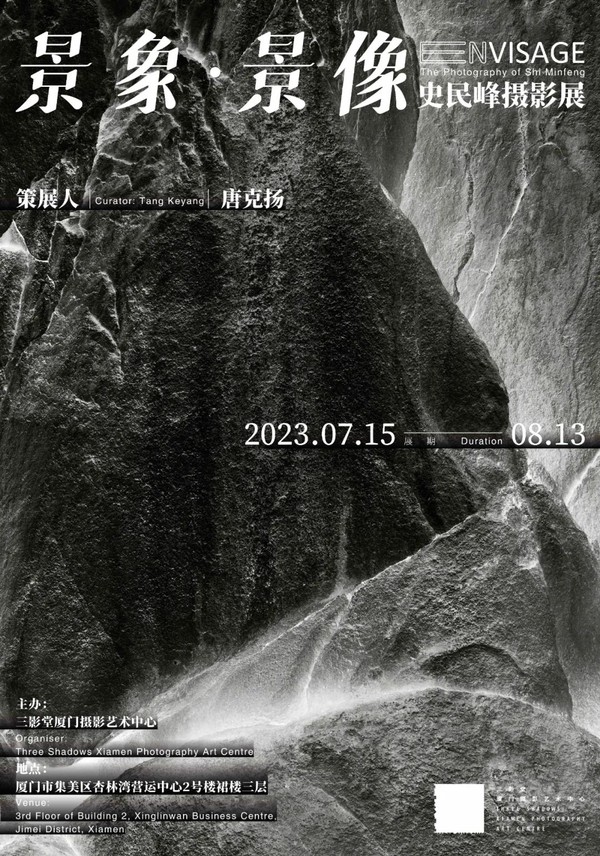
景象·景像——史民峰摄影展
艺术家|史民峰
策展人|唐克扬
展期|2023.07.15-08.13
每日9:30-17:30开放,逢周一闭馆
主办|三影堂厦门摄影艺术中心
地点|厦门市集美区杏林湾商务营运中心二号楼裙楼三层
· 前言 ·
古代汉语中的“景”和“影”本是通用的,所以“摄影”本是“摄景”,是“景象”而不是“阴影”。可是现代人毕竟又把“景”和“影”读出了不同的含义,清代人段玉裁在《说文解字注》中解释说:“景,光也”,“……光所在处物皆有阴。光如镜故谓之景……”,风景是光,不是群山和浮云投向大地的一簇簇浓重的黑色。
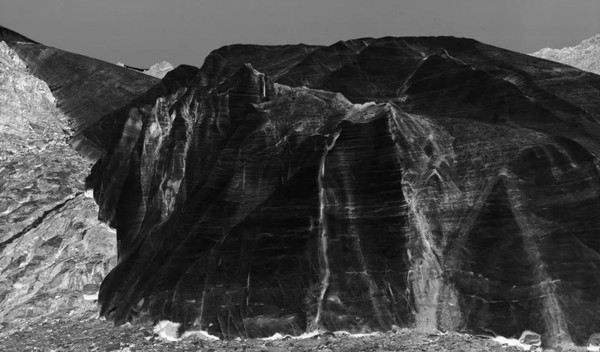
冰川印记 天山 Glacial imprint Tianshan Mountain
大约二三十年前,在云冈,龙门的石窟中,有一位青年摄影师也意识到了光线和影子的另一重博弈。在或被时间,或被外寇洗劫的石壁上,古代的雕塑只剩下了依稀的影子,当史民峰在暗房中把影像反转,仿佛有神光泄地,已经消失的佛像奇迹般地又出现了。这一小小的发现,导向了他在未来艺术生涯中对摄影特质的孜孜不倦的探求。是什么决定了摄影影像独一无二的品质,是光,还是影?
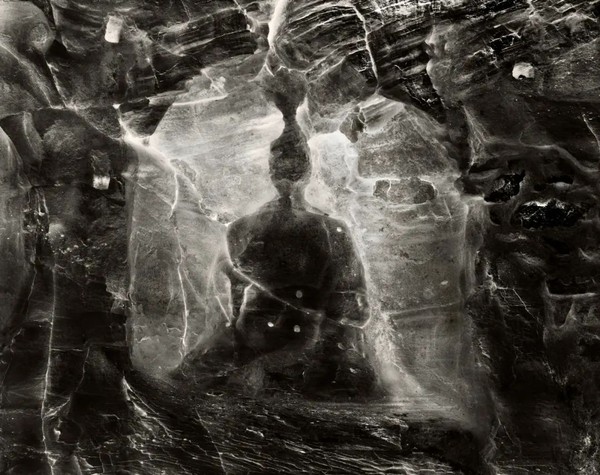
光中的佛影1 云岗 Buddha‘s shadow in the light 1 Yungang
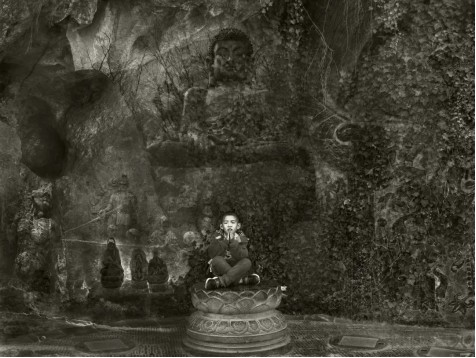
归来 之一 Return 1
以上问题的答案关乎这一艺术门类在中国文化中最终的前途,也和中国当代艺术的走向有关。风景是因外物照耀而呈现自身,还是它们自己即具有那种自内而外的光?答案也许并非两者选一,史民峰的镜头下是景“像”,取诸于物,为天地立传;也是景“象”, 像中国古代画家一样,将“画”还给了造化,最主要的,是在不断的反转中,从暗室到自然,从影到光,从摄影机到摄影眼,从技巧到意义,消除了创作者和创作对象之间最终的隔阂。
文/唐克扬
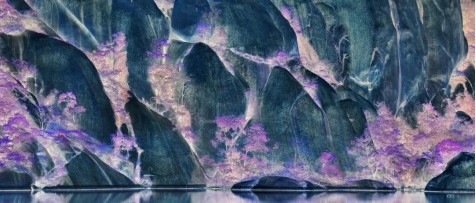
丽日 嵖岈山 Bright sun Chaya Mountain
· 关于艺术家 ·
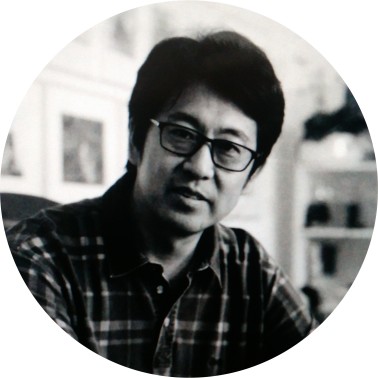
史民峰
影像艺术家,教授、硕士研究生导师,北京印刷学院美术馆馆长。中国摄影家协会摄影教育委员会委员,中国高等教育学会摄影专业委员会监事、中国工业设计协会信息与交互设计专业委员会副主任委员,中国摄影家协会会员,北京美术家协会会员。国家社科基金艺术学项目评审专家,第27届全国摄影艺术展览评委。主持国家艺术基金《摄影手工制作工艺青年传承人培养计划》、国家社科基金艺术学项目《中国当代摄影影像创作观念与现状研究》和国家社科基金后期资助项目等研究课题。多次举办个人艺术展,出版有《家山水》、《镜子中的地平线》、《摄影古典制作工艺教学与实践》、《设计色彩》等著作。作品被国内专业机构和个人收藏。
· 关于策展人 ·

唐克扬
唐克扬是清华大学教授,未来实验室首席研究员。他从跨学科的角度关注城市和空间,从事视觉-心理-行为交叉的相关研究,植根传统文化和日常生活致力建筑创新。他是哈佛大学设计学博士,2010年威尼斯双年展中国国家馆策展人,在国内外策划了一系列重要展览。唐教授也是一位勤奋多产的作家,有多种研究和非研究著作及其它创作作品问世,包括一些获奖小说。
ENVISAGE:the Photography of Shi Minfeng
Artist | Shi MinfengCurator | Tang Keyang
Duration | Jul 15, 2023 - Aug 13, 2023
Organiser | Three Shadows Xiamen Photography Art CentreVenue | 3rd Floor of Building 2, Xinglinwan Business Centre, Jimei District, Xiamen
· Preface ·
In ancient Chinese, the terms “jing (scene)” and “ying (shadow)” were originally interchangeable. Therefore, “she ying”, which means photography in Chinese, was originally “she jing”, referring to capturing “scenes” rather than “shadows”. However, in modern times, people have assigned different meanings to “jing” and “ying.” During the Qing Dynasty, Duan Yucai explained in his book Shuowen Jiezi Zhu that “’jing‘ means light” and “...wherever there is light, there will be shadows. Since light works like a mirror, it is called ’jing‘...” Therefore, “feng jing” (the landscape) is about light, not the dense darkness cast by mountains and floating clouds on the earth.
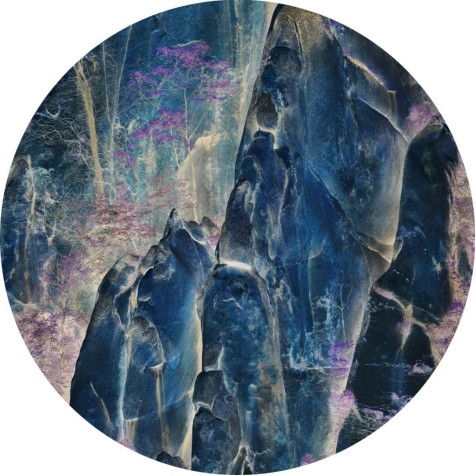
家山水- 春山 嵖岈山
Home landscape - Spring Mountain Chaya Mountain
About twenty or thirty years ago, in the caves of Yungang Grottoes and Longmen Grottoes, a young photographer noted another profound interaction between light and shadow. On the walls, which had been ravaged by time or invaders, only faint traces of the sculptures remained like shadows. But when Shi Minfeng reversed the images in the darkroom, as if divine light leaked out, the disappeared Buddha statues miraculously reappeared. This small discovery led him to tirelessly explore the characteristics of photography in his future artistic career: what determines the unique quality of a photographic image, light, or shadow?
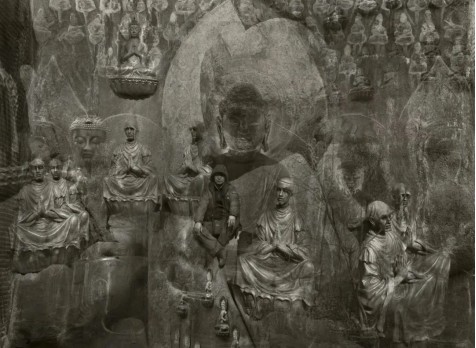
归来 之五 Return 5
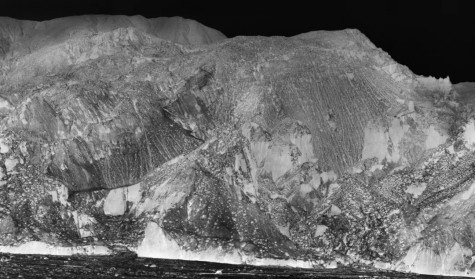
山魂 贵德 Spirit of the mountain Guide
The answers to these questions are crucial to the ultimate fate of this art form in Chinese culture and are related to the direction of contemporary Chinese art. Does a landscape reveal itself due to external illumination, or does it lights itself inside out Perhaps the answer is not simply one or the other. Through Shi Minfeng’s lens, the landscape becomes first of all a “xiang” (image) of something, transcribing the figure of the world. It is also a “xiang (representation)” as ancient Chinese painters favored, likening the world to a “painting”. Most importantly, through constant reversion, from the darkroom to nature, from shadow to light, from the camera to the photographer‘s eye and from technique to meaning, the final barrier between the creator and his subject is eliminated.
Text/ Tang Keyang
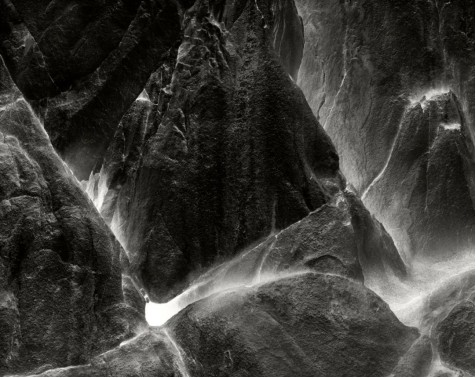
石魂 落雨 嵖岈山 The stone soul is raining Chaya Mountain
· Artist Biography ·
Photographic artist, Professor Shi Minfeng is a graduate advisor and director of the Art Museum of Beijing Institute of Graphic Communication.
He is also a council member of the Education Committee of the China Photographers Association, photography supervisor of the China Association of Higher Education; a vice council director of the Information & Interaction Design Committee of the China Industrial Design Association; Member of China Photographers Association and Beijing Artists Association; Communication and meeting evaluation expert of Art Projects in the National Social Science Fund of China; Judge of the 27th National Photographic Art Exhibition; Project director of “Alternative Photographic techniques inheritance program” supported by China National Arts Fund, and projects including “ Research of the Chinese modern image and conceptualization” supported by the National Social Science Fund of China.
Professor Shi has held several personal art exhibitions, and his publications include “Home: Water and Mountain”, “The Mirrored Horizon”, “Classical Photography Craftsmanship” and “Colour of Design”.His works are collected by professional institutions and individuals in China.
· Curator Biography ·
Tang Keyang is a professor at Tsinghua University, Principal Investigator at the Future Lab, and Ph.D. advisor. He focuses on city and space from an interdisciplinary perspective, conducting research at the intersection of visual-psychology-behavior and in architectural innovation rooted in traditional culture and daily life. Professor Tang received his Doctor in Design from Harvard University. He was the curator of China Pavilion at the 2010 Venice Architectural Biennale and of a number of major art exhibitions, in China and abroad. A diligent and productive writer, he has authored multiple research and non-research publications as well as other creative works, including a couple of award-winning novels.
Copyright Reserved 2000-2024 雅昌艺术网 版权所有
增值电信业务经营许可证(粤)B2-20030053广播电视制作经营许可证(粤)字第717号企业法人营业执照
 京公网安备 11011302000792号粤ICP备17056390号-4信息网络传播视听节目许可证1909402号互联网域名注册证书中国互联网举报中心
京公网安备 11011302000792号粤ICP备17056390号-4信息网络传播视听节目许可证1909402号互联网域名注册证书中国互联网举报中心
网络文化经营许可证粤网文[2018]3670-1221号网络出版服务许可证(总)网出证(粤)字第021号出版物经营许可证可信网站验证服务证书2012040503023850号